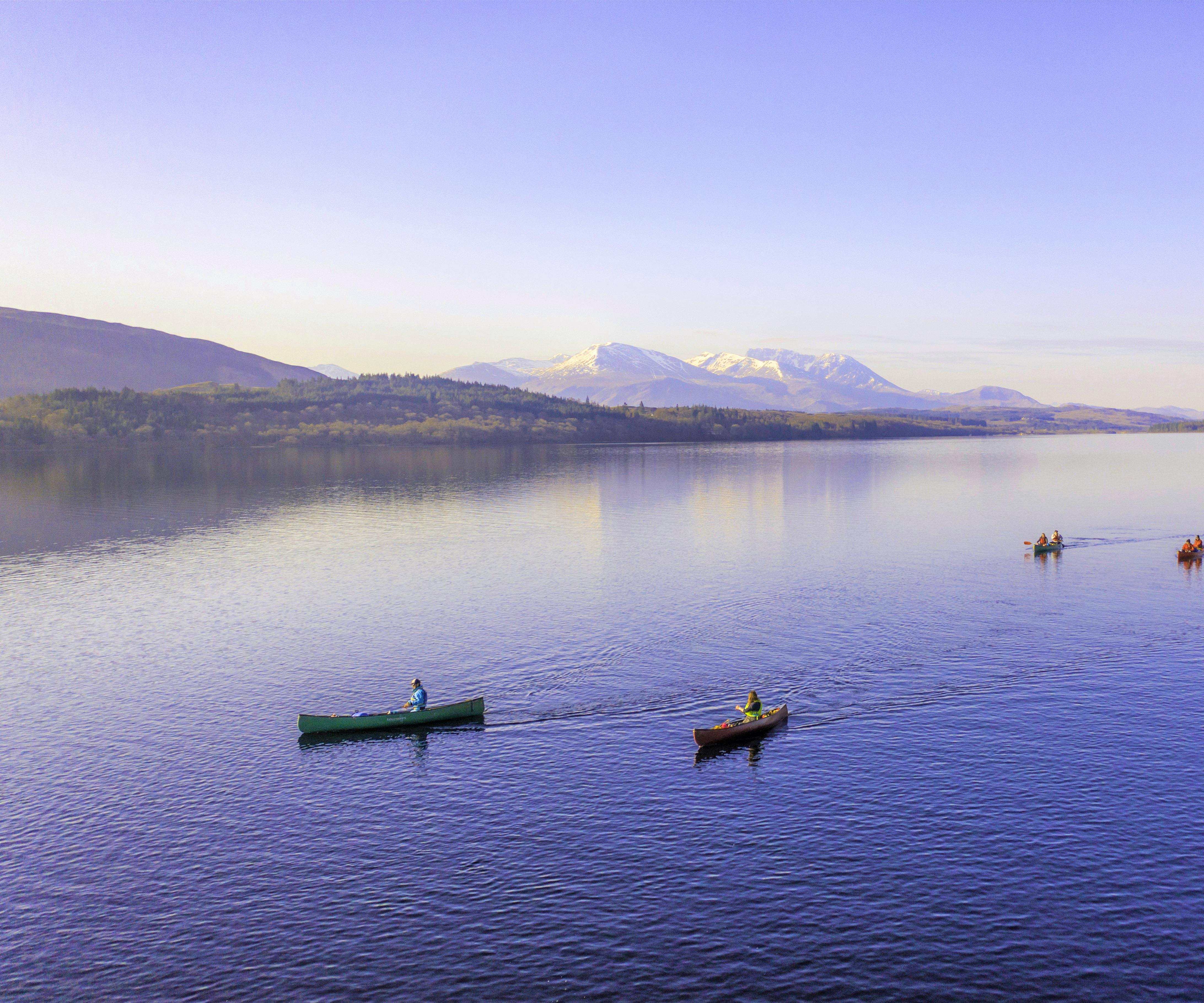Is The Tour du Mont Blanc Dangerous? Tips For A Safe Trek
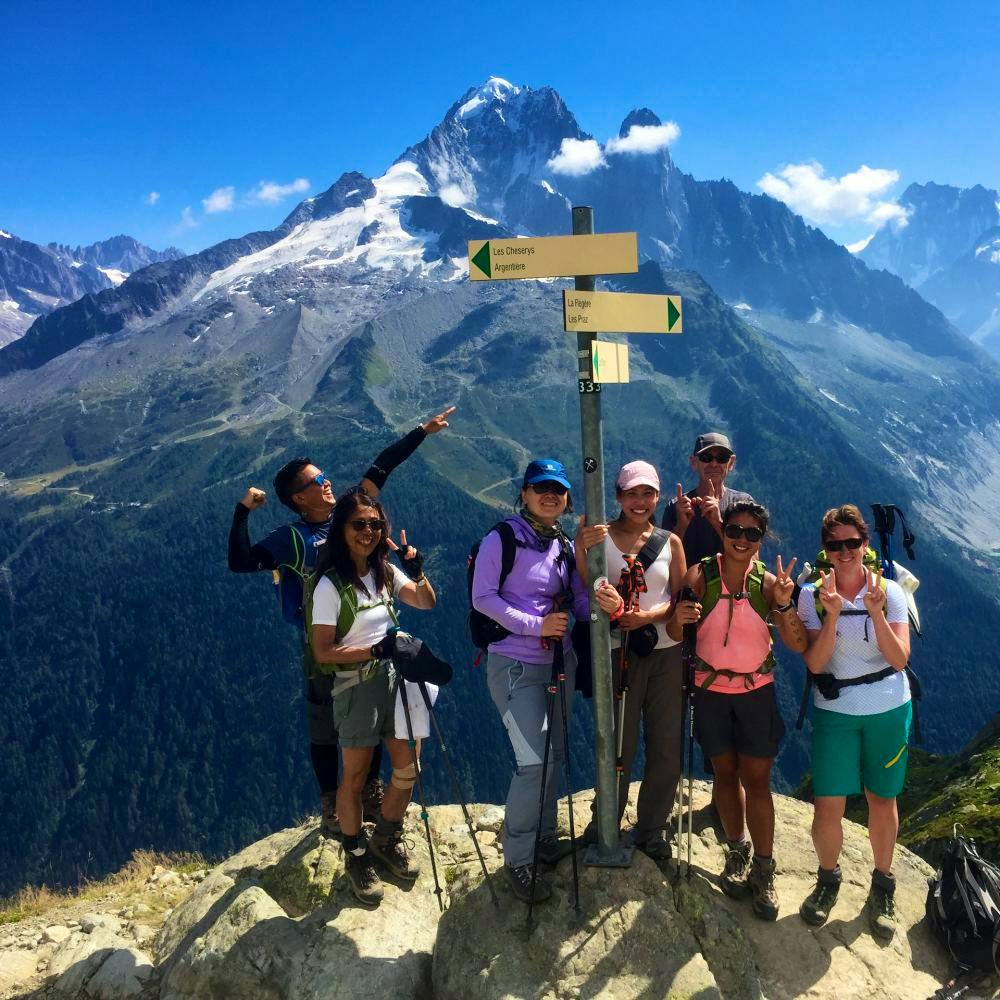
How Dangerous is the Weather on Tour du Mont Blanc?
Sudden weather changes should be expected: You can experience all four seasons in a single day. With the changing altitudes and general Alps conditions, you can start your day in summer-like conditions and end it in a downpour! But this is no worry if you are prepared for changing weather.
Thunderstorms: Summer thunderstorms are common in the Alps, especially in the afternoons. Lightning strikes at high altitudes pose a real danger in any mountainous region during a storm.
How You Can Prepare for the Tour du Mont Blanc Weather
Check weather forecasts daily and plan accordingly.
The best time to hike along the Tour du Mont Blanc is in the morning - so set out early to avoid potential afternoon thunderstorms.
Know when to turn back if conditions worsen. Pack appropriate gear for all weather conditions.
If caught in a thunderstorm, descend quickly and avoid exposed areas.
With a guided tour, your experienced tour guide will make informed decisions about weather risks, as they know the route and conditions better than anyone! They may alter the route or change a group's pace to ensure safety. This really is the best way to maximise your safety.
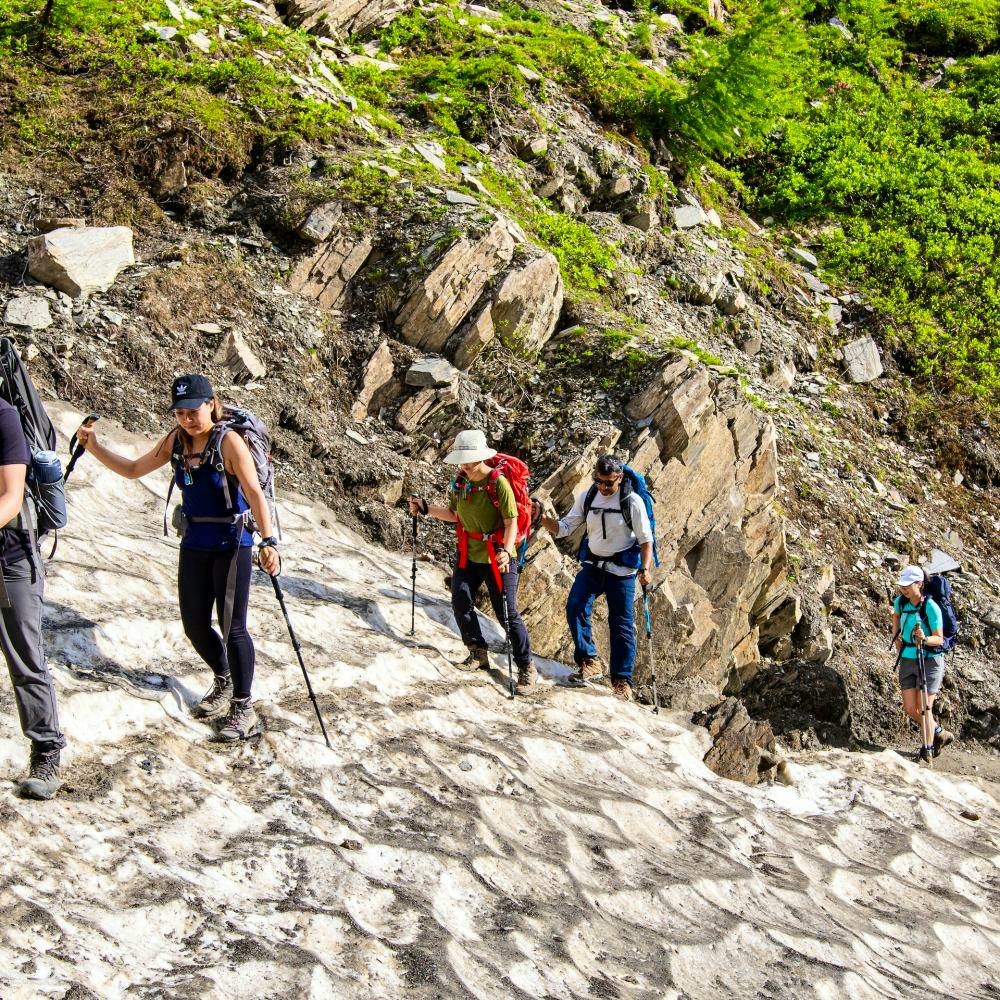
Is Altitude a Danger on the Tour du Mont Blanc?

How to Manage the Altitude:
Acclimatise gradually by gaining elevation slowly over the first few days.
Stay well-hydrated and avoid alcohol, especially in the early days of the trek.
Be aware of the symptoms of altitude sickness, and don't ignore them if they occur.
Consider taking Diamox (acetazolamide) after consulting with your doctor if you're concerned about altitude.
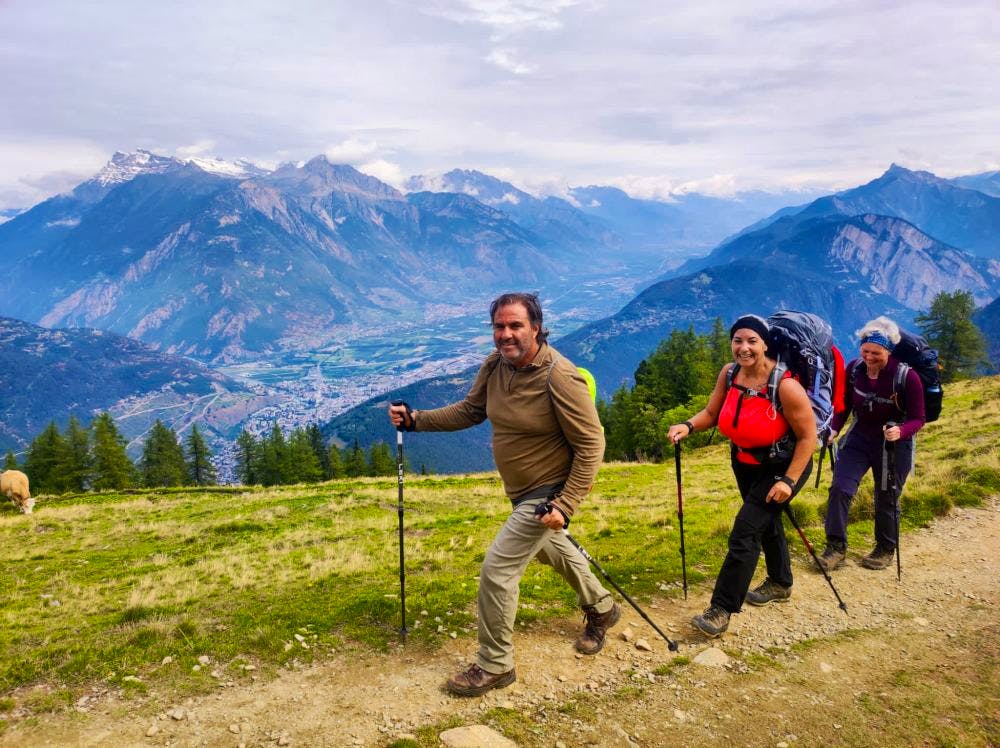
How Physically Demanding is the Tour du Mont Blanc?
Here Are Some Tips to Make the Trek Easier:
Follow a comprehensive Tour du Mont Blanc training plan that focuses on cardio endurance and leg strength.
Start with shorter days and gradually increase distance as you acclimatise.
Use trekking poles to reduce strain on your knees, especially during descents.
Listen to your body and take rest days if needed.
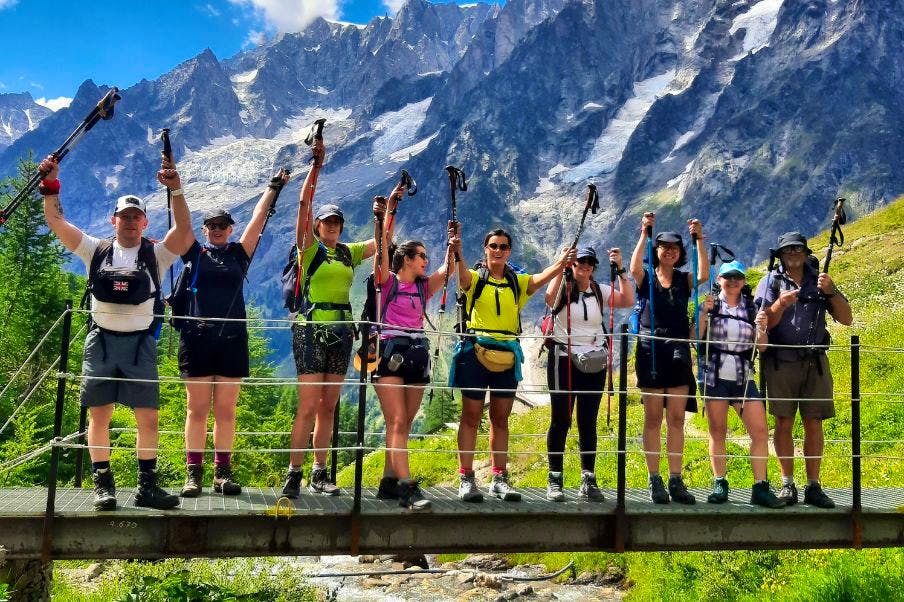
Are There Navigational Risks on the Tour du Mont Blanc?
To Stay on Track:
Carry detailed maps and a compass, and know how to use them.
Use a GPS device or smartphone app as a backup.
Pay close attention to trail markers and signposts.
If visibility is poor, wait it out if possible rather than risking navigation in fog.
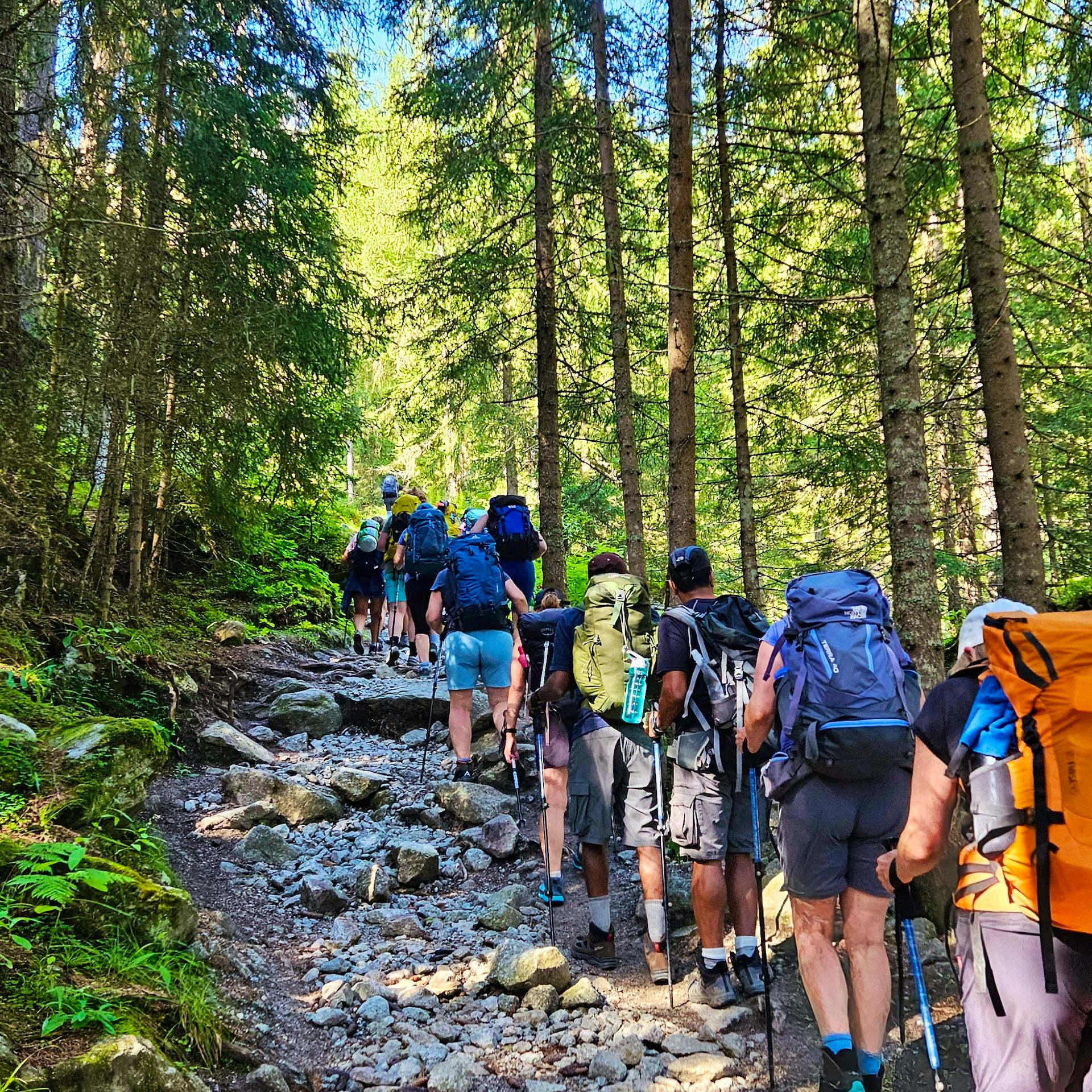
What About Natural Hazards on the Tour du Mont Blanc?
Rockfall: Certain sections of the TMB, particularly in rocky areas, can be prone to rockfall. While serious incidents are rare, they can be extremely dangerous when they occur.
Snow and Ice: Snow can still cover high passes early in the hiking season (June and sometimes early July), presenting slip and fall hazards.
Wildlife Encounters: While rare, encounters with wildlife such as ibex or chamois can startle you and potentially lead to accidents if you react suddenly on narrow trails. Additionally, wildlife can sometimes become aggressive if they feel threatened or cornered.
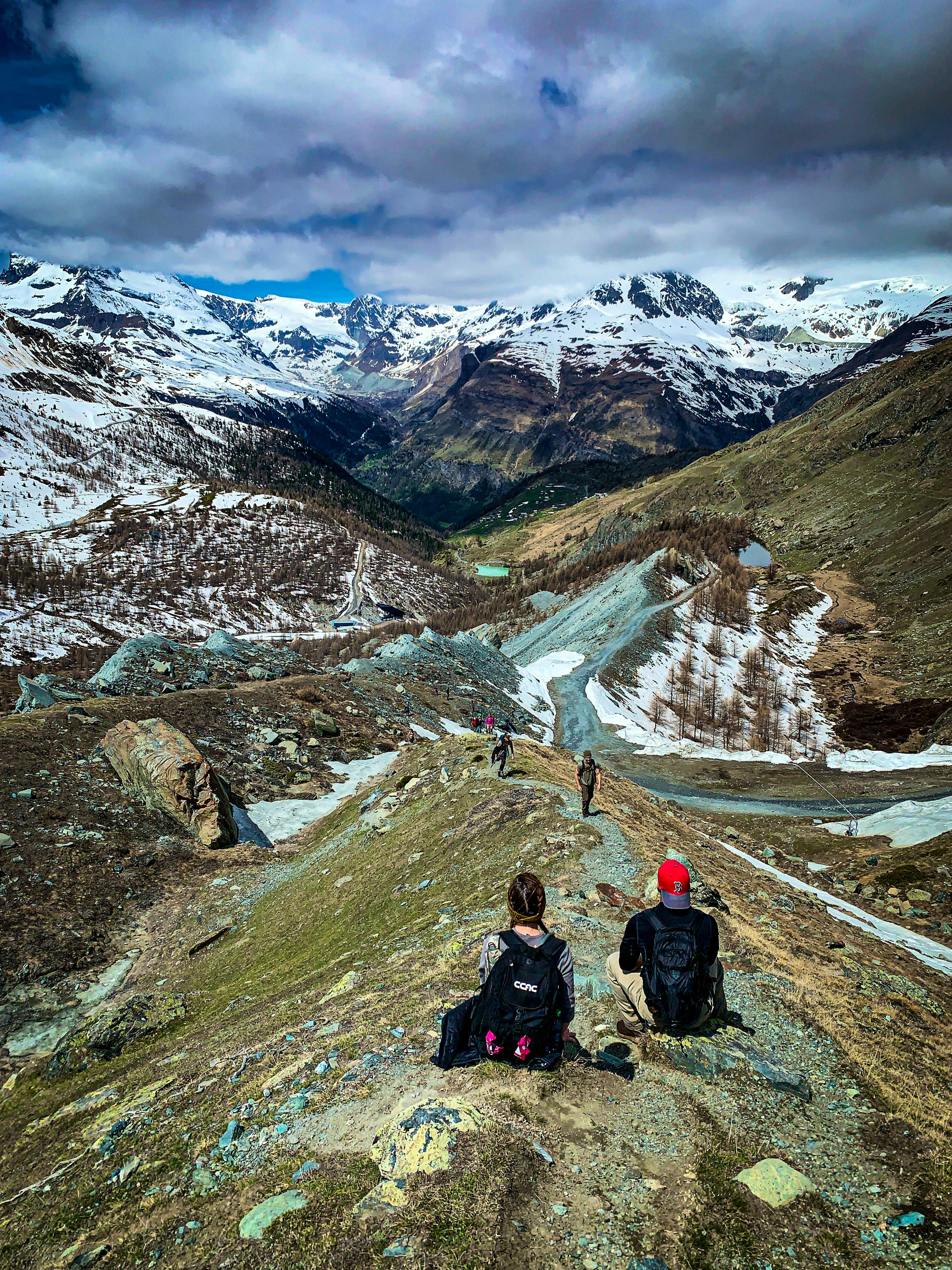
Conclusion
Find your next adventure
Why Skyhook?
Join over 27,000 Skyhook adventurers who've used our platform to book directly with our vetted local guides, at local prices (we never markup).
Expert Local Guides
Experienced local guides, handpicked by us.
Best Prices
Never pay a markup on the local guide's price.
Exclusive Club
Earn loyalty rewards every time you travel.
Great Social Vibes
Small group tours provide a richer experience.
Stellar Feedback
Over 2,800 reviews, average of 4.9/5 stars.










